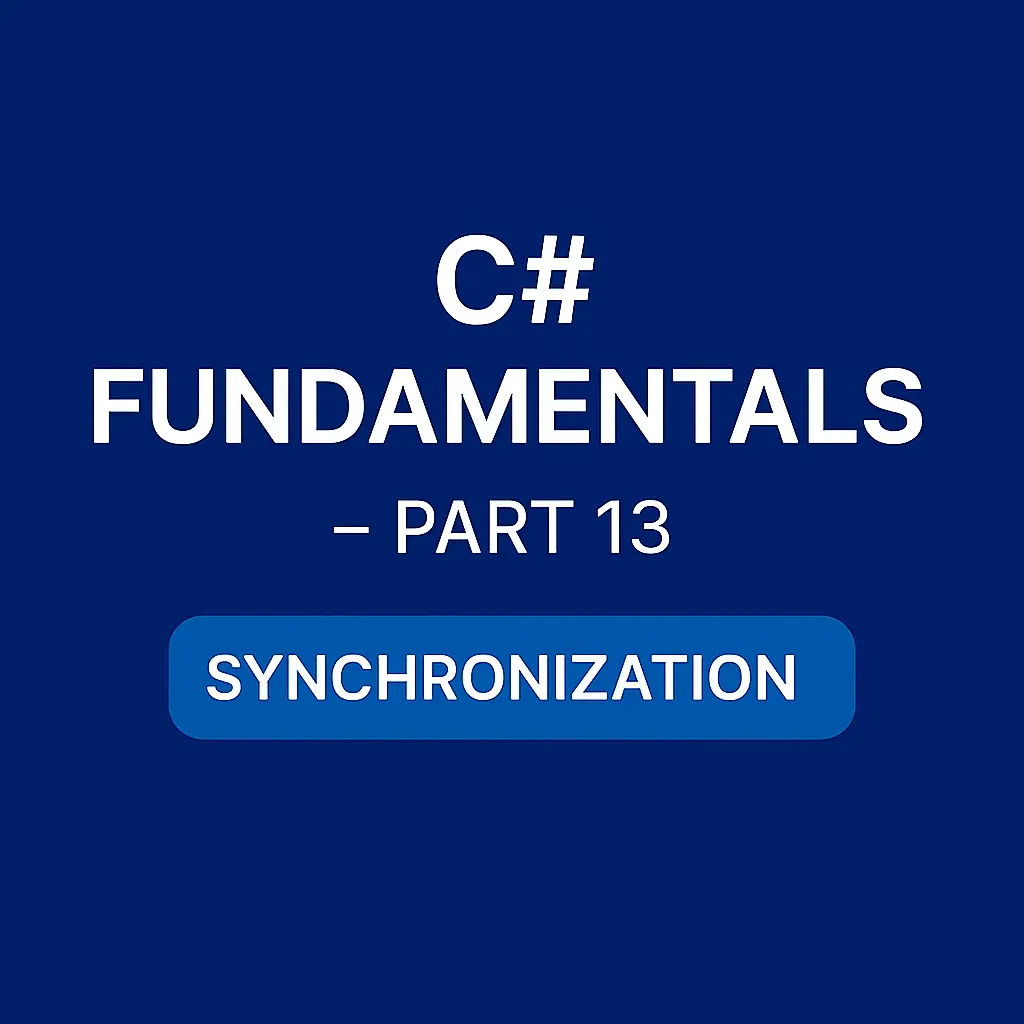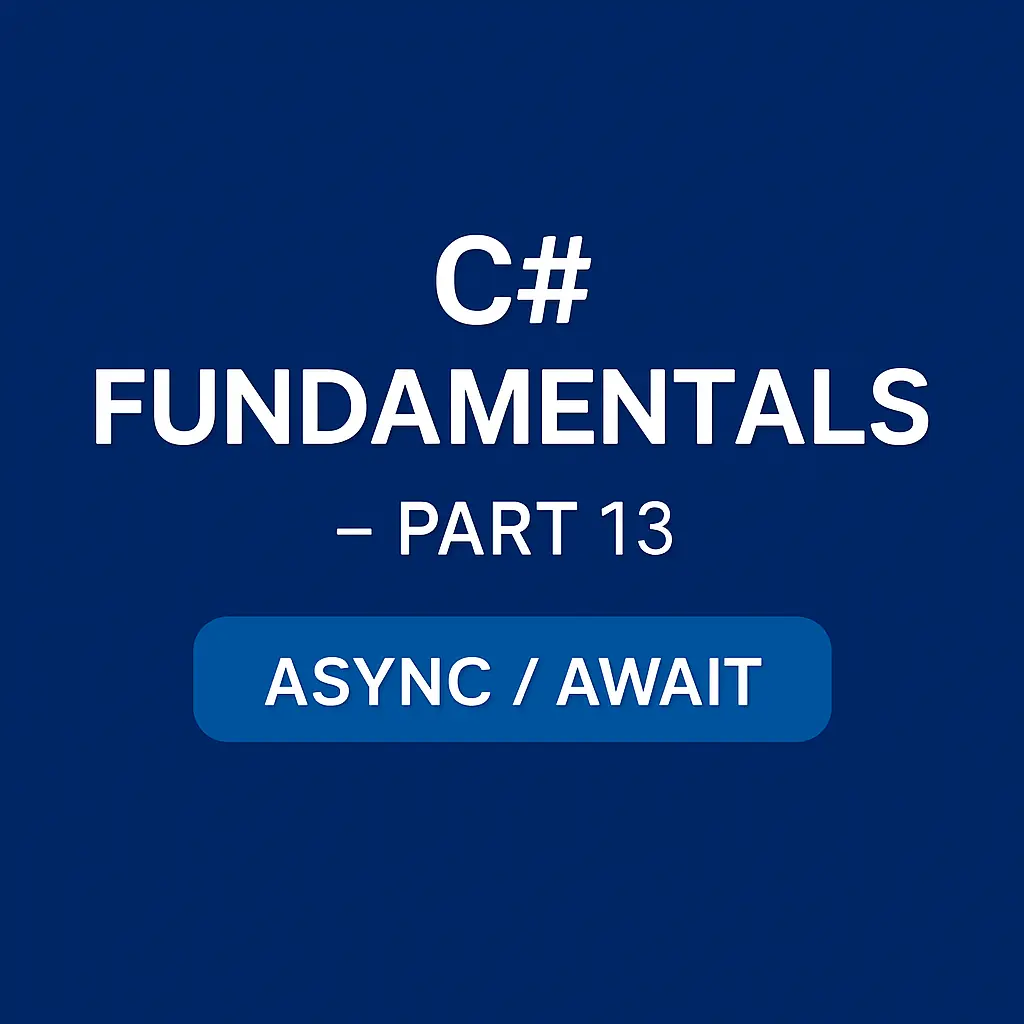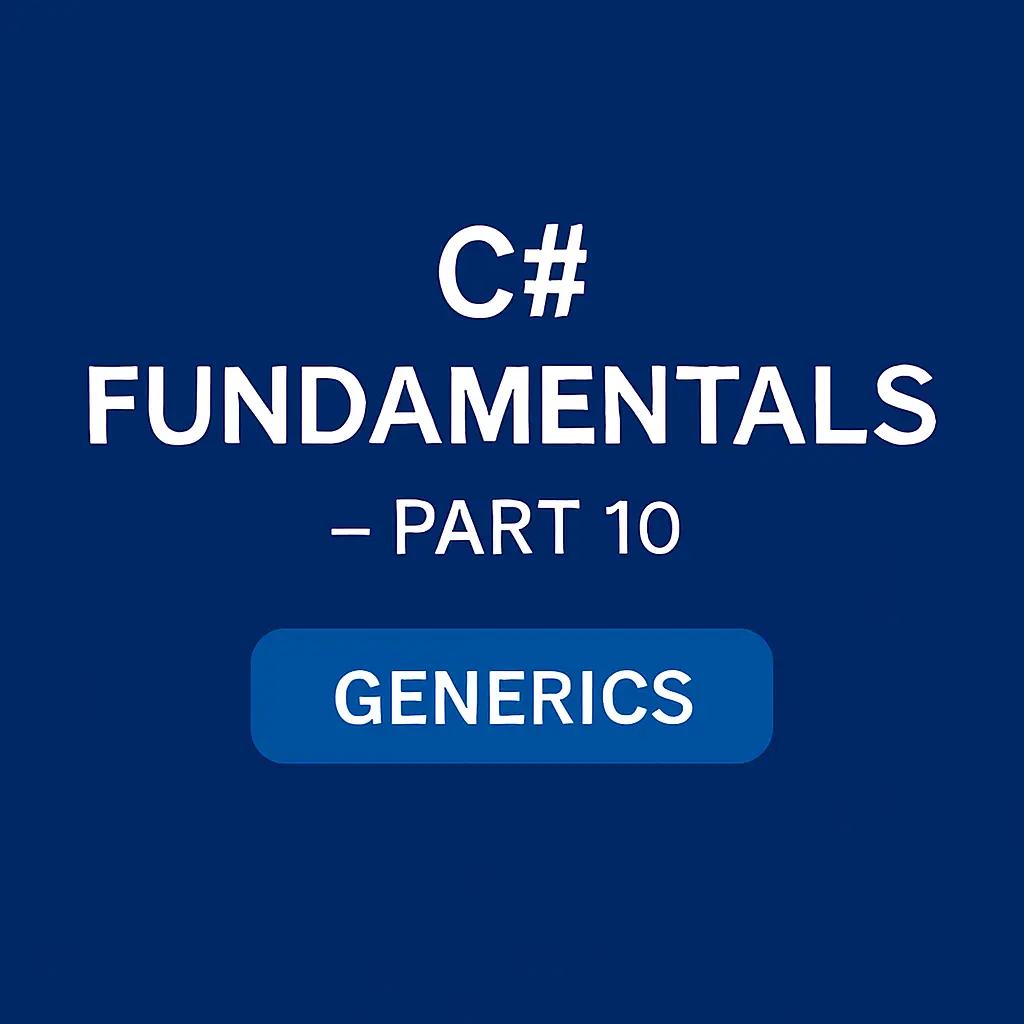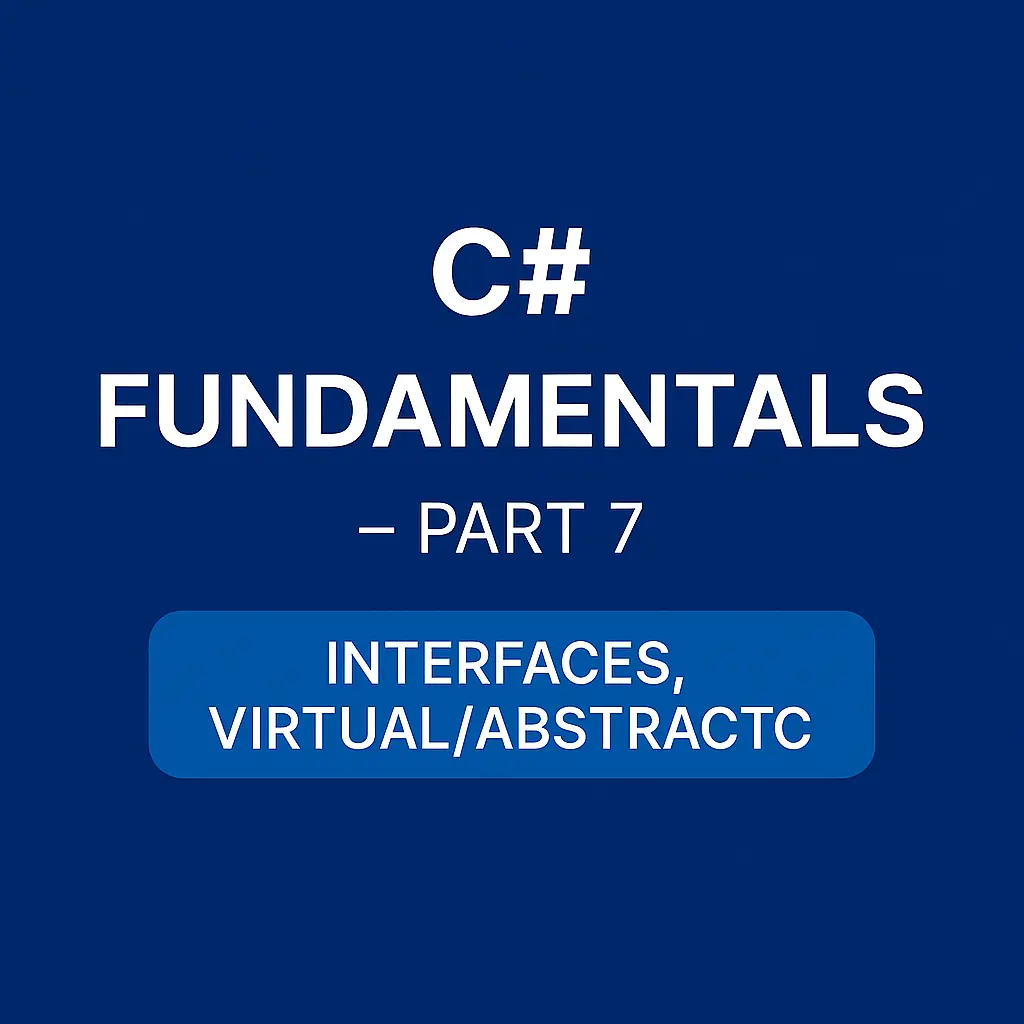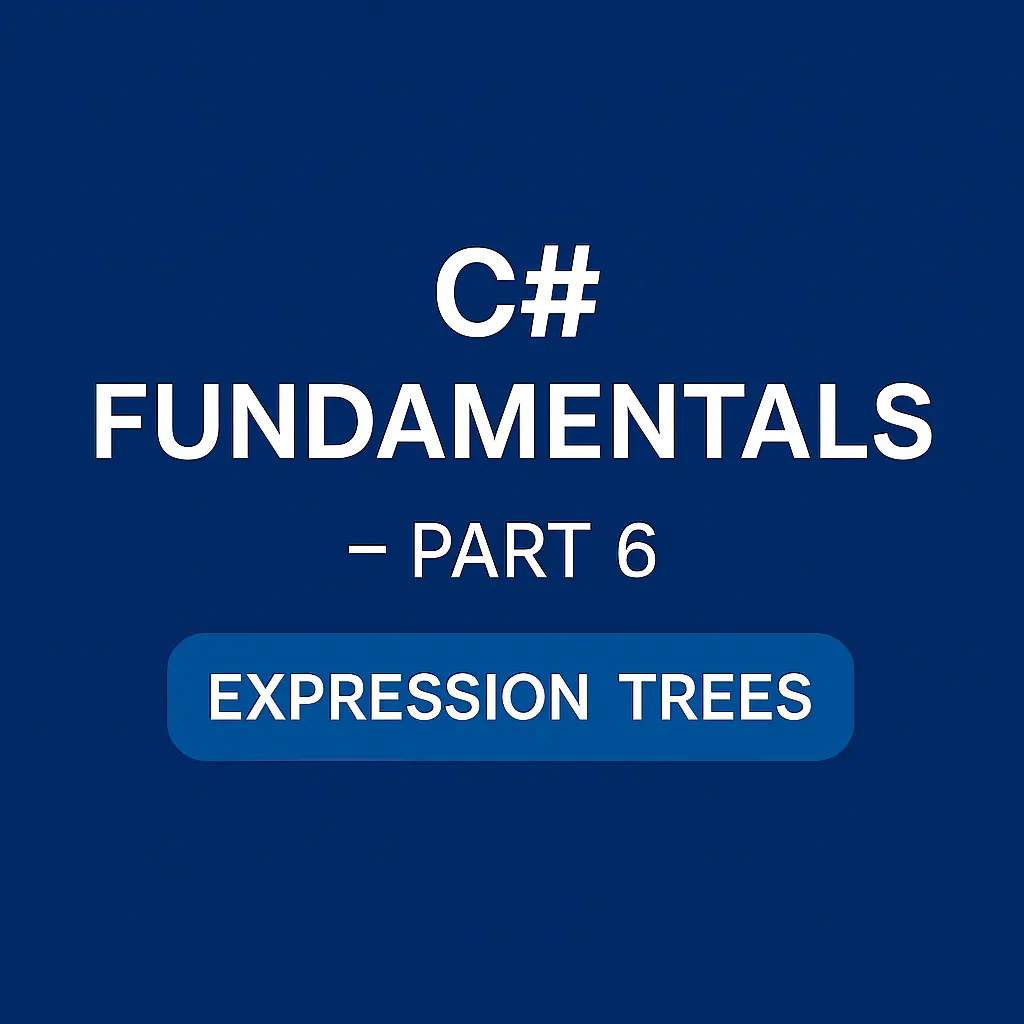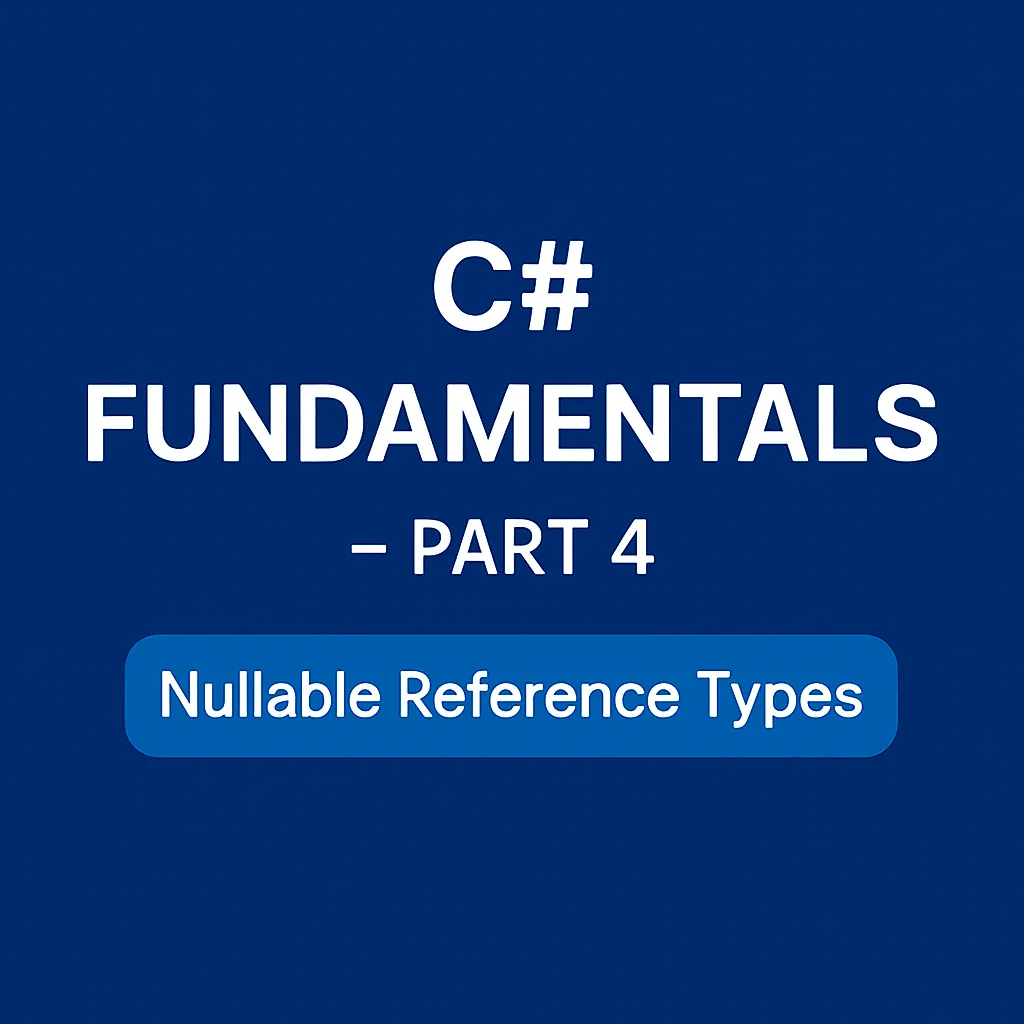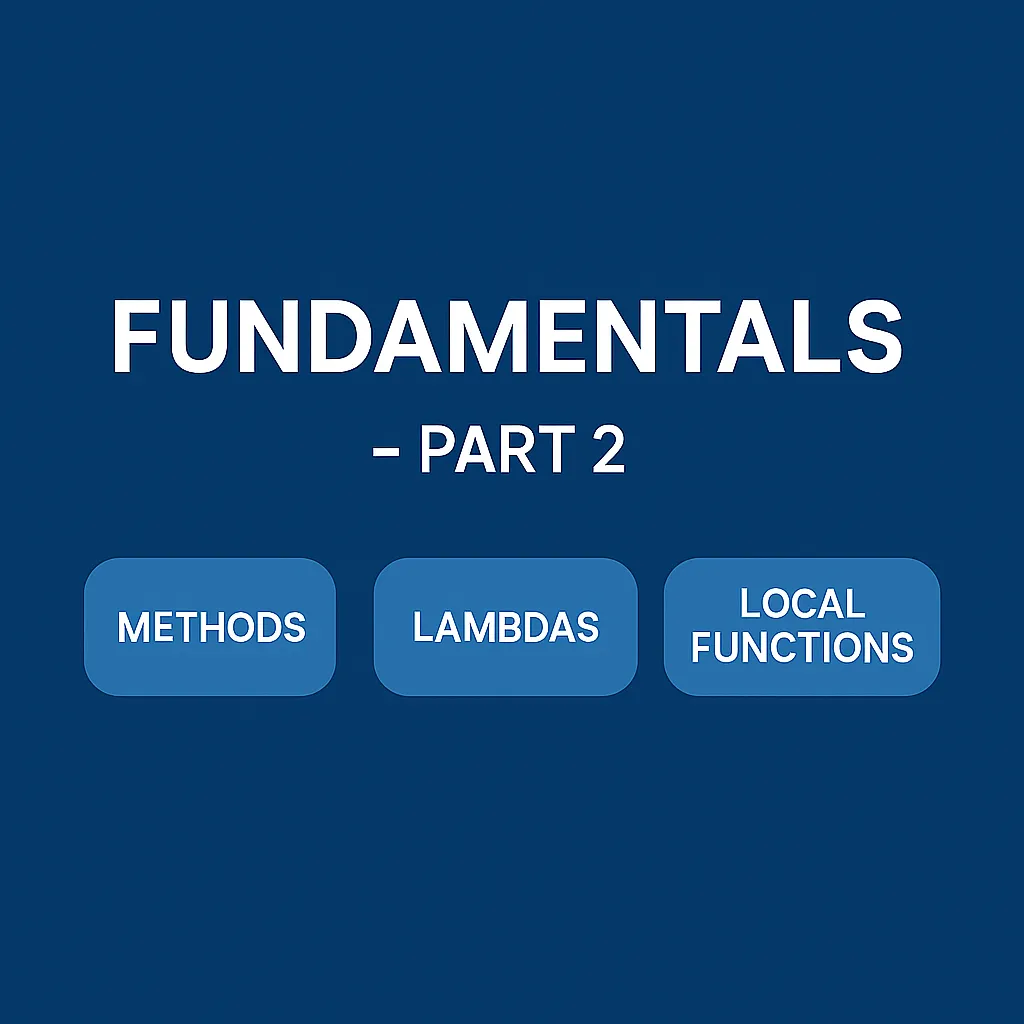Fundamentals – Part 14
When working with multithreaded applications, synchronization is essential to ensure that shared data is accessed safely. Without proper synchronization, threads can interleave unpredictably, leading to data corruption, race conditions, or inconsistent results. In this post, we’ll explore the main synchronization primitives in .NET: lock (Monitor), Semaphore, SemaphoreSlim, Interlocked, and ReaderWriterLockSlim.
